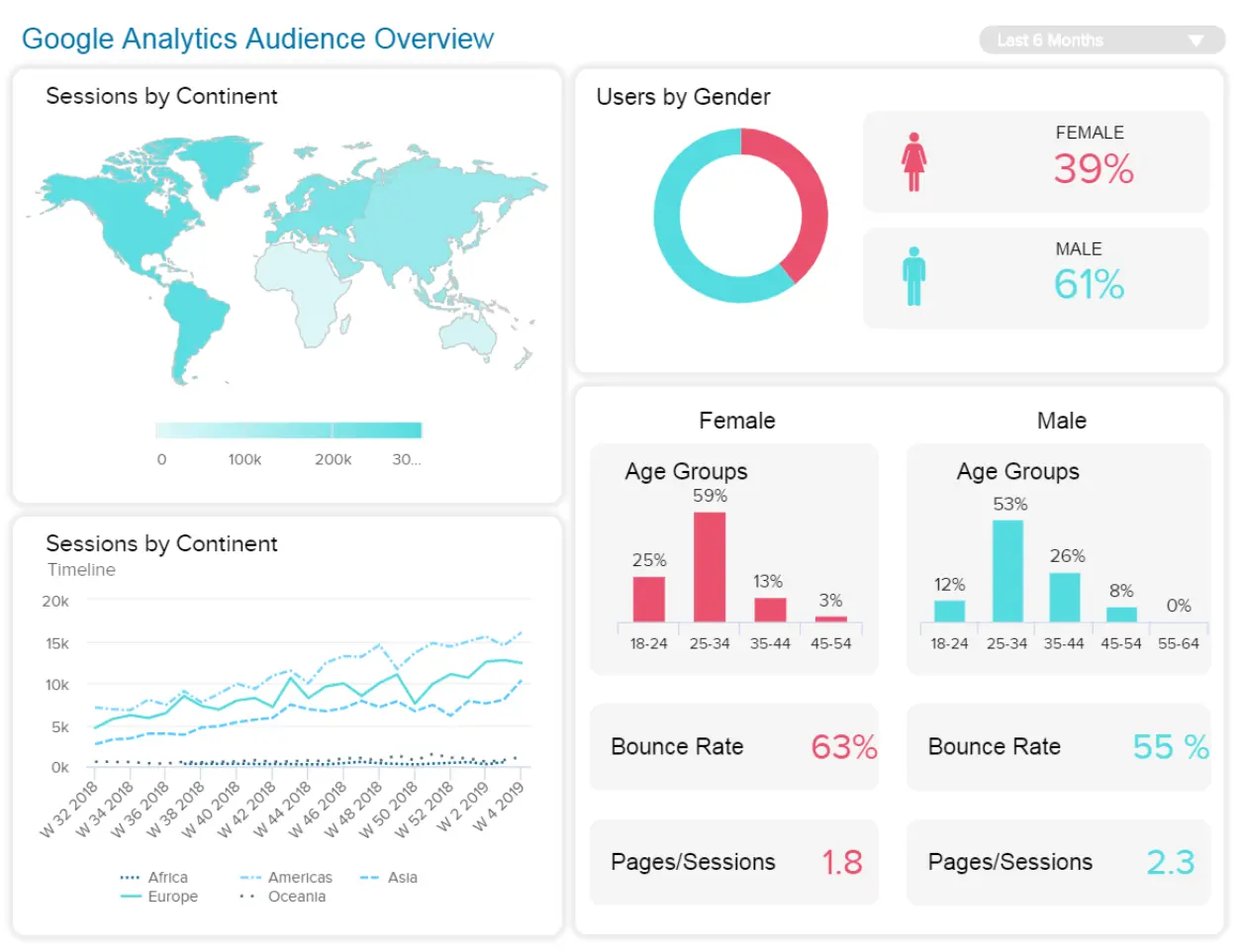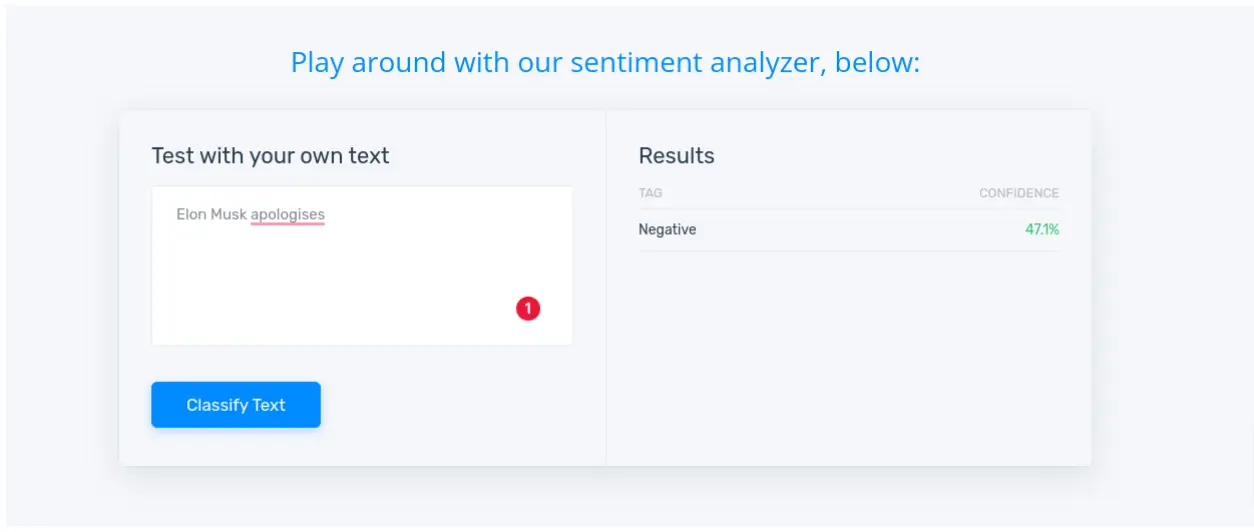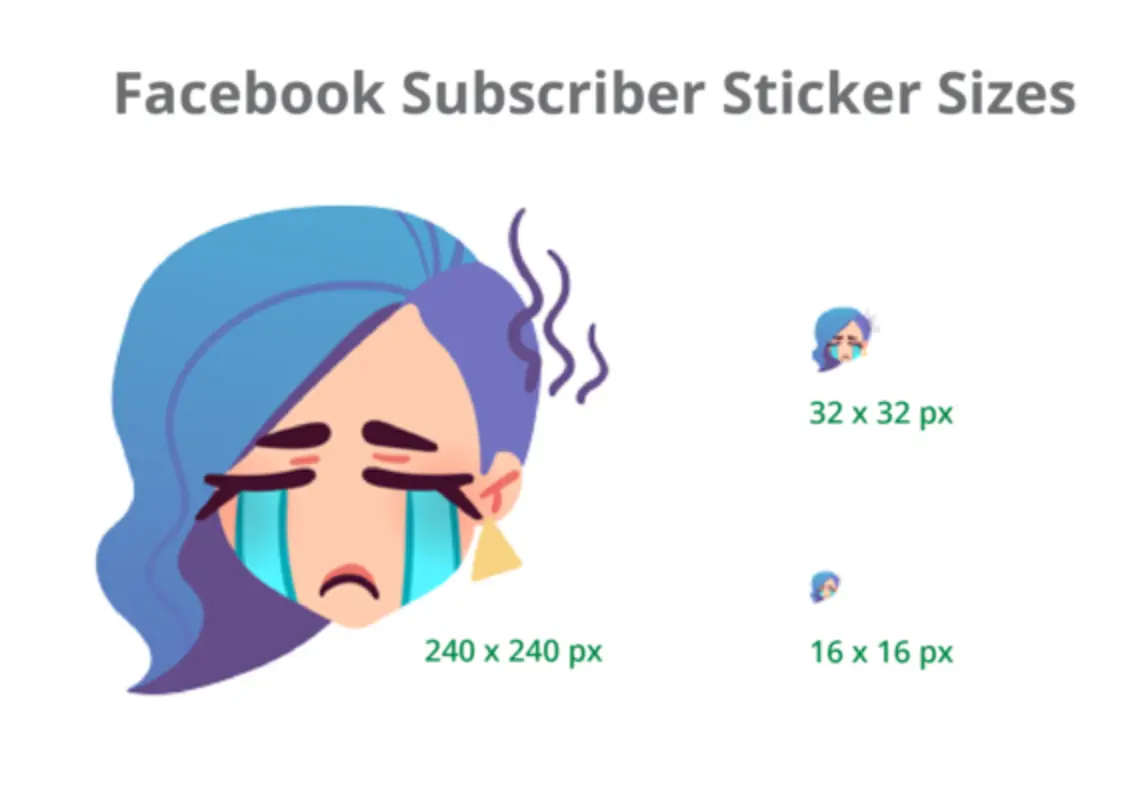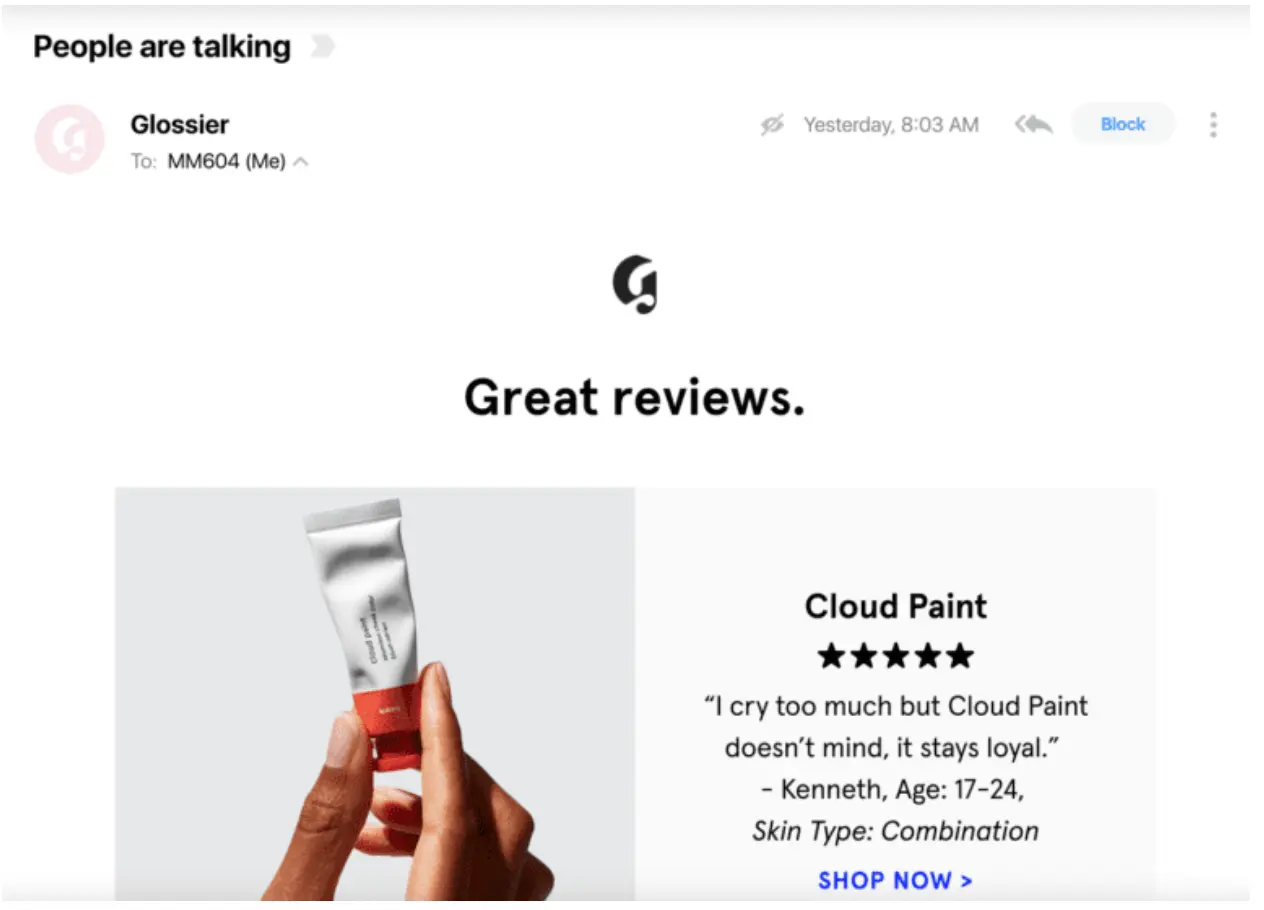Before you take a single step toward marketing your product, you need to define who your product is for and why you’re making it. To do this properly, we need to define our target market. And in this post, we will discuss several tips to help you determine your target market.
What is a Target Market?
A target market is a specific group of people you want to reach with your marketing campaign. These people are more likely to visit your online shop and make purchases than another random group.
They have common characteristics like demographics or behavioral patterns. You want to attract people to a new credit card through your finance blog. Who are you targeting?
People who want to save points through grocery shopping. You want to search for people who share specific financial traits and market to them. No one else matters.
When you zoom into this market, you get your ideal customer. They aren’t to be convinced to buy from you since they’re interested in what you sell. Get your brand name and online store in front of them.
Your target market is your target audience. And that’s where you can begin your target market analysis. Don’t be afraid of being super specific when describing your target consumer.
Define Your Target Market in 10 Steps
- Get data on current customers
- Understand your social media analytics
- Understand the problems your business solves
- Look into niche markets
- Use specific marketing tools
- Test your target market
- Embrace your niche market
- Study your existing customers
- Interpret your marketing analytics
- Study your competitors
Even individual customers outside of the group will buy your products. But identifying this core group helps you create a solid marketing strategy.
1. Get data on current customers
Your audience’s behavior on different channels gives you clues regarding their overall behavior online into the forces that shape their buying behavior and preferences.
Your audience spreads clues in many touchpoints and channels, depending on what they do online.
They always tell you what they want - only if you listen. So start listening to them to turn the data they’re providing you with into useful high-level information.
It will give you a trail of breadcrumbs to pursue.
- What do they buy?
- How much do they pay?
- What are they asking?
- What do they say on social media?
- What do they watch online?
- What publications do they interact with most?
It’ll help you learn valid psychographic, demographic, and behavioral information. You can use ready-made email sequences and templates to automate almost any aspect of email outreach.

You can also create interactive meetings with your audience and ask them questions for more insights.
2. Understand social media analytics
Social media analytics goes beyond what your audience looks like and what your audience talks about online. It’s an essential tool for looking at markets, including competitor markets.
You can derive valuable information for benchmarking and data optimization best practices in your market to get new customers. This can be tackled with social media analytics software and tools.
You don’t need to limit your analysis to your social media channels. It’s best to include all the critical players.
For example, if competitor analysis tells you that most of your competitors use mobile apps to target customers, maybe it’s time to invest in app development for your company.
Social media analytics helps understand their behavior and how to work with them. Analytics software will present all necessary data inside beautiful charts and graphs.
For example, You can also run a Twitter sentiment analysis after the influencer campaign finishes to understand how well your campaigns performed.

3. Understand the problems your company solves
If you try to make sense of your client's pain points and the target market's needs, you can shape your product to cater to solutions for their problems.
For example, the website Chargebackhit caters to customers who want to limit chargebacks from customers. A chargeback is when people buy a product and then contact their credit card company to initiate a refund for the money they just spent.
It’s a severe dent in a business’s financial health if left unchecked. Without proper chargeback management, this can become a severe dent in a business's financial health if left unchecked.
The blog has several articles that help its audience understand the implications of chargebacks and what they can do to limit them.
Next, enrich product data fields with this information so customers know the product will solve their problems. Figma, for instance, does this by retweeting tips customers share when they use the product.

Knowing these problems and how to solve them is an excellent way to satisfy the target market and learn how to communicate effectively with clients, doing everything you can to help them. You can fill in the value proposition to organize this information.
4. Look into niche markets
Apply your creative thinking abilities to discover niche markets for your business. Some offer more opportunities than others and help you explore everything the company offers.
Some niches lay unexplored. Where no one ever was, and that gives you the freedom to shape the industry in a way you want.
One of the latest entrants to the marketing mix is Facebook stickers. Think about how you can promote your business in new ways.

Make sure the target market has enough people for you to create rules in this new niche market. You should measure some details correctly:
- Ensure the niche market is big enough to have consistent traffic
- Ensure that these people have the money to buy your services
- Analyze if the product purchase is recurrent and people buy it repeatedly
- Know the competitors and learn from how they work
- Find differentials in the niche market
5. Use specific marketing tools
One of the best ways to understand your target market is by understanding the people inside it. To that end, specific tools like Google Analytics can significantly help.
You can collect data from your site on audience segments, where they originate, and the keywords they use to get to your site. It enables you to gain valuable insights into identifying your market.
6. Test your target market
Once you have an idea of which may be your target market, it is time to test it. Defining some metrics for content performance, for example, you may have an overview of the needs and problems in a specific market.
Following how your audience interacts with each piece of content, you will discover if your solutions can solve their problems. And, mainly, which market your business better fits in.
Knowing how to define your target market is equally important as having clear goals for your business. If you follow these simple tips, you will generate better results. Social proof doesn’t stop after the customer makes the payment.
A successful strategy leverages social proof to deliver more engaging and personalized emails. Glossier, for instance, send emails with social proof in them. It’s a simple but effective campaign that’s full of social proof.

Before you target your market with ads or entice them by offering discounts or free trials, the first important step is to define your target. Your target market excludes most people.
Your market to a specific group will likely buy your product or service. And that’s the core group of people to invest your time and money.
You can use these steps and tools to know your ideal customer and create a compelling and profitable marketing campaign. In the next few steps, we will wrap our minds around how to conduct audience research.
7. Embrace your niche market
What you sell is valuable to a group of people because you are in a niche market.
To understand your niche better, know what you’re selling and how you are selling it. It helps you understand and make sense of what you have to offer and why your potential customer wants it.

Ask yourself these questions at the start:
- What needs does your product satisfy?
- Does your product or service solve any pain points in the target customer’s life?
- What are the benefits of purchasing your product?
- How does it improve the customer’s life?
To automate testimonials and reviews, the best thing you can do is feed customer emails into your sales software or CRM and automate emails asking for reviews.
Whenever you feel that you are failing, come back to the answers. You can also use Facebook Insights or Google Analytics to gather more information.
Conduct surveys or focus group studies to understand the target market’s needs and preferences.
8. Study your existing customers
You have direct access to your target audience if you're already profitable. Since your customer purchased with you, you already know they convert well.
Once you know your customer base, you can create a marketing plan to target even more people. Take a better look at the customer base and see if you can find patterns.

Psychographic and demographic characteristics:
-
Age
What is the age range of your customers? It helps you choose the right segment in social media.
-
Gender
Are your current customers primarily male or female? It helps you understand their specific needs and wants that may be unique to their gender.
-
Income
What money do your customers spend on your products or services? Can they make repeat purchases? Are there unaddressed financial barriers?
-
Location
Where do customers live, and what are their time zones? Are there any cultural issues at stake?
-
Behavior
Where do your customers hang out online? What kind of content do they consume, and how can you incorporate it into your content marketing strategy?
-
Lifestyle
How do your customers spend their free time? What products or services support their hobby?
-
Values
What are the general beliefs and values?
For any data points you didn’t include in the reports, create a survey to send to your customers post-purchase.
9. Interpret your marketing analytics
Knowing which content to create and share is essential when you create your digital strategy. Look at the type of content that consistently brings sales to your shop.
When you place ads or create a digital marketing strategy, you must deeply know the platform on which you make those ads.
Four types of audience segmentation
-
Demographic segmentation
This market segment includes age, gender, ethnicity, location, income, and education. It helps you when you create your ads.
-
Geographic segmentation
This data refers to where your audience lives, how you choose your posting schedule, talk about specific topics, and more.
-
Behavioral segmentation
Behavioral segmentation concerns purchase behavior, product use rate, customer loyalty, and more. Motivates people to purchase your products.
-
Psychographic segmentation
Psychographic data uncover the beliefs, values, interests, or lifestyle choices that influence a person’s shopping behavior.
Market segmentation has a lot of technicalities attached to it. But simply put, it allows you to place ads well. This way, you don’t waste your marketing chops on someone who doesn’t want to buy your products.
![]()
10. Study your competitors
If you don’t have an existing customer base, checking out what your competition is doing will help you understand your customer profile.
Go to their website, blog, and social media channels and examine their marketing strategy. Ask yourself these questions:
- What are their segmentation tactics?
- Who’s their ideal customer?
- Do they approach a specific market or work in multiple markets?
- How do they promote their products?
- What product features do they talk about?
- How often do they post? How often do they send emails?
Run their site on competitor intelligence SEO tools to gather valuable data. See below for examples.

[Example]

[Example]
Sign up for their newsletters and follow and subscribe to their social media channels to understand what it’s like to be their customer. Take notes on their strategies and make them work for you.
Conclusion
What do you think of the tips and tricks here to identify your target market and relate with them? Share your thoughts in the comments below.


